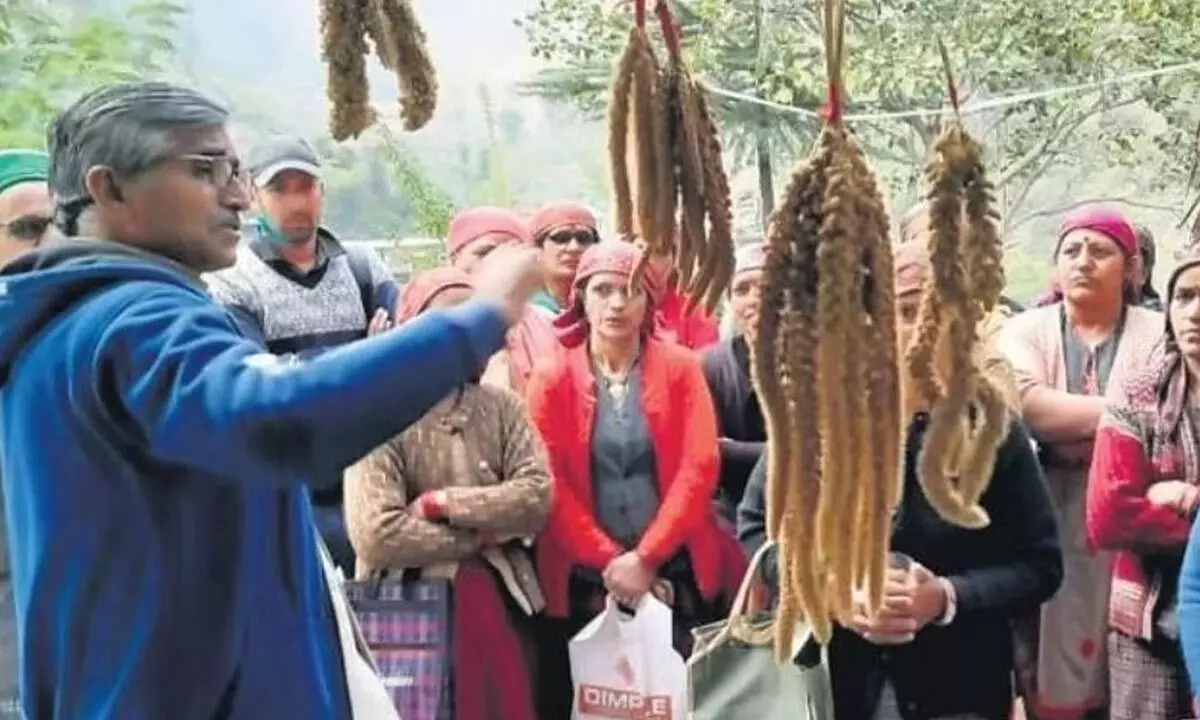59-Year-Old Himachali Farmer Is Preserving Traditional Farming Methods

59-Year-Old Himachali Farmer Is Preserving Traditional Farming Methods
- In 1984, Nekram Sharma, a farmer from Nanj village in the Karsog valley of the Himachal Pradeshi Mandi district, was turned down for a job with the government.
- Villagers affectionately refer to him as a "saviour" of indigenous seeds since he has adopted the Nau-anaj practise, an intercropping technique in which nine different food grains are grown on the same plot of land.
In 1984, Nekram Sharma, a farmer from Nanj village in the Karsog valley of the Himachal Pradeshi Mandi district, was turned down for a job with the government. After being turned down, he began organic farming experiments and planted fruits and vegetables on his family's 22 bighas of vacant land. Later, he stopped all modern agriculture and just practised traditional farming methods.
What started as a side job turned into a full-time job that resulted in the preservation of approximately three dozen indigenous seed varieties. Villagers affectionately refer to him as a "saviour" of indigenous seeds since he has adopted the Nau-anaj practise, an intercropping technique in which nine different food grains are grown on the same plot of land.
Sharma uses the indigenous seeds that his elders have passed on to him to raise nine crops, a mix of cereals, creepers, lentils, legumes, and vegetables. Beans, buckwheat, foxtail millet, maize, moong, amaranthus rajma, and urad dal are among the crops he raises.
According to him, a person can cultivate 18 crops in a year (9 Kharif and 9 Rabi), which has many advantages such as improving soil fertility while using less water and having no input expenditures.
The 59-year-old farmer remembers being 25 years old when a widespread campaign to rescue woodlands began. He claims that as his elders complained about how the local seeds were steadily vanishing from the market, he began to reflect. After doing some investigation, he discovered that these seeds were more nutritious than the ones that were readily available and being used by all the farmers.
Furthermore, he began gathering and planting these seeds in his fields, but other farmers kept calling him crazy and making fun of him for preserving native trees and seeds. However, several of his pals stood by him.
Next Story
















